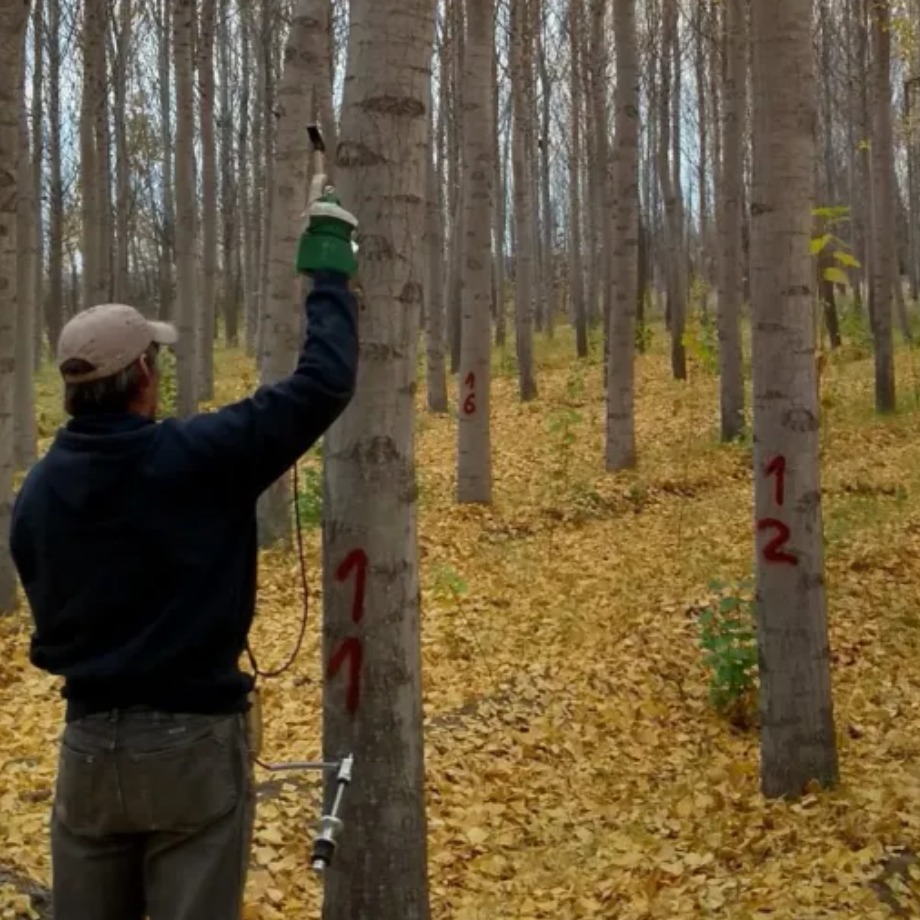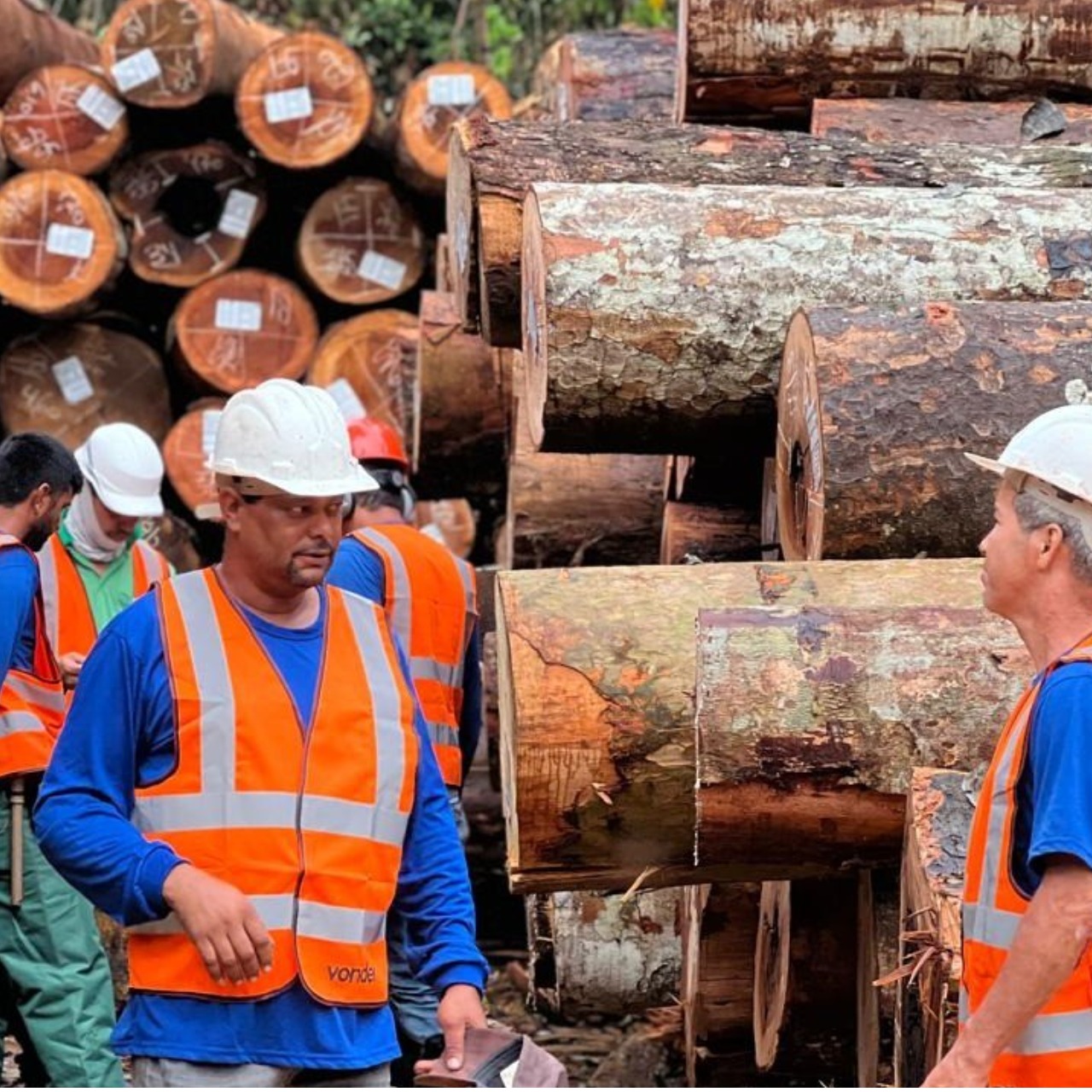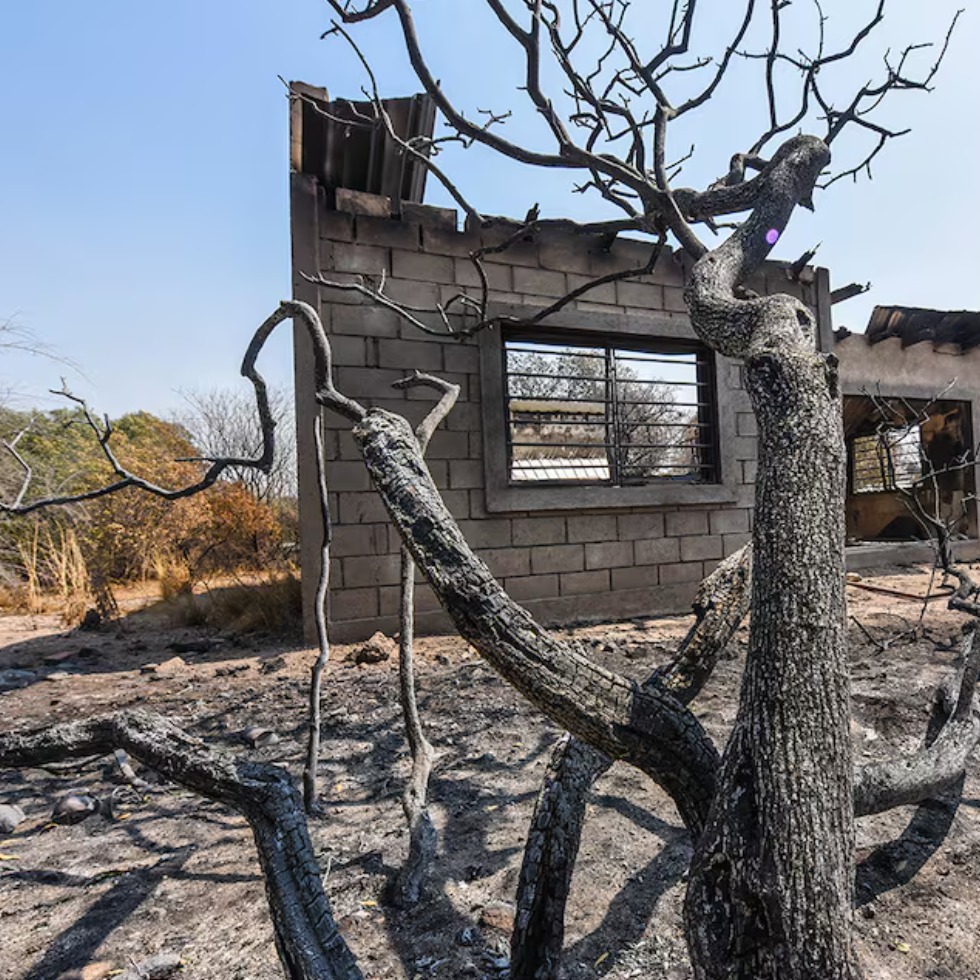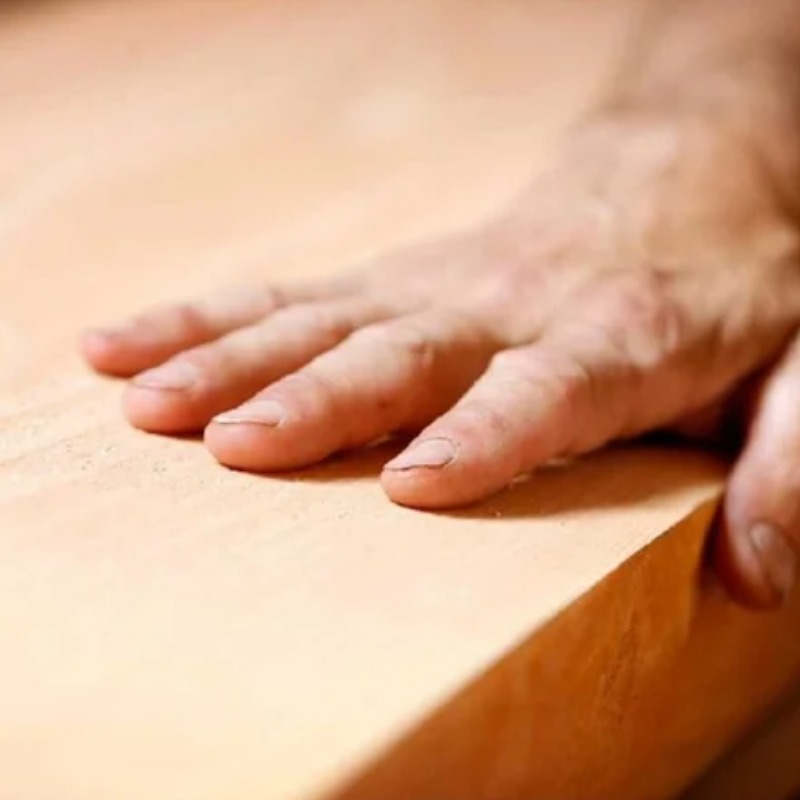
Norpatagonia: The poplars cultivated in the valleys have wood suitable for construction
This is shown by INTA research on its physical-mechanical properties. Although there is no unique clone that combines all desirable features, adequate selection and efficient forest management can ensure high quality wood for more demanding applications
The irrigated valleys of northern Patagonia, characterized by their cold temperate climate, have witnessed a gradual change in their landscape and in their agricultural practices. A few decades ago, fruit and vegetable producers, aware of the fragility of their crops due to the frequency of the winds, found in Los Alamos a natural solution for their protection. These trees, planted in rows, not only serve as breaking curtains, but have given way to a new horizon of possibilities for the forest industry thanks to the versatility of its wood. The need to protect the crops of Patagonia was the mechanism that It promoted the introduction of poplar species in the region. What began as a defense measure for productive systems, has evolved towards the plantation of forest massifs, whose wood has considerable value for the industry. The wood of the poplars, obtained from the breaking curtains and the massifs, is destined to the manufacture of essential products in the fruit industry, such as Bins, pallets and drawers. But ... Is it also suitable for other uses? How resistant is the poplar wood when used in construction? To answer these questions, it is necessary to enter the investigations that have been carried out in the region. One of the researchers who works on the subject is forest engineer Juan Diez, of INTA Bariloche, who explained that in the field of construction there are national regulations that dictate the security parameters for works carried out with wood. According to the Wood Structures Regulation (CIRSOC 601), established by the Research Center of National Security Regulations for Civil Works (CIRSOC), flexion resistance, the longitudinal elasticity module in flexion and the density of the Wood are key technological properties during the evaluation of their behavior in construction structures. Tests were carried out through non -destructive methods, a fundamental tool for obtaining precise data without affecting trees. The scientific research on the quality of Alamo wood been key to understanding its viability in construction. Between 2018 and 2022, a scientific and technological research project (PICT), financed by the Ministry of Science, Technology and Innovation (MINCYT) and complemented by INTA funds, together with the collaboration of Cafema, the UTN-Facultad Regional de Venado Tuerto, and some companies in the sector, dedicated himself to studying the growth rates of the poplars in the region and the physical-mechanical properties of his wood. The project, which included comparative rehearsals of Alamo clones carried out since 2008, covered different locations in the province of Río Negro, such as five jumps, Cipolletti, J. J. Gómez (General Roca), Chimpay, Pomona and Río Colorado.Alejandro Martínez Meier, Engineer Forestry of INTA Bariloche, explained that the tests were carried out through non -destructive methods, a fundamental tool for obtaining precise data without affecting trees. The project not only focused on the evaluation of the growth of trees, but also on the technological properties of wood, such as density and rigidity, key elements to determine its aptitude in constructive applications. The general objective, according to Forestry Engineer Esteban Thomas of INTA Alto Valle, was to determine whether the wood of the poplars cultivated in the region is suitable to be used in construction systems. It was also attempted to know the relationship between the growth of trees and the physical-mechanical properties of wood, particular of the growth in diameter of the shaft, the total height of the trees and the spread of acoustic waves through the wood. The spread of these acoustic waves, together with the measurement of the density of the wood, allows the stiffness of the wood, known as its dynamic elasticity module (MOED). This property is key to determining the capacity of the wood to resist the loads to which it will be subjected to a construction. The results obtained so far have been encouraging, according to Forestry Engineer Gonzalo Caballé, former Professional of INTA Bariloche. The wood of the poplars grown in the irrigated valleys of the north of Patagonia has proven to be suitable for use in construction structures. However, studies have also revealed that there is no single poplar clone that gathers all the desirable characteristics. No clone has simultaneously shown the best growth, the best tree form and the superior quality of wood. This underlines the importance of an adequate selection of popular species and clones according to the characteristics of the sites, as well as the need to apply good forest management practices. One of the most outstanding conclusions of the study is that the combination of clones appropriate to the Sites with efficient forest management, both in massifs and in breaking curtains, will allow obtaining high quality wood, which will not only be useful in the production of pallets, bins and drawers, but also in more demanding applications such as housing construction and other structures. The poplar, a species that is mainly used for crop protection, has established itself as a valuable and versatile resource, opening new possibilities for sustainable development in northern Patagonia. In a context where sustainability and efficiency in efficiency in The use of natural resources are increasingly important, poplar wood is emerging as a promising option for the future of construction in the region.
IT MAY INTEREST YOU
 Brazil | New Decree Updates Standards for the Transport of Native Wood Products in Mato Grosso
Brazil | New Decree Updates Standards for the Transport of Native Wood Products in Mato Grosso
The rules for the transport of forest products and native trees by -products were modified by the government of Mato Grosso in early 2025. Decree No. 1.288/2025, published on the 16th, modifies Decree No. 937/2024 and regulates the issuance and issuance and Use of forest guide (GF) in the movement of wood loads and their derivatives. The forest guides for the planting of exotic species are still not applied. According to the state government, the changes aim to improve inspection, traceability and legal certainty in the forestry sector, in line with environmental and commercial requirements.
 Fires Of the 100,000 hectares burned this year in Córdoba, 5,000 were of native forest
Fires Of the 100,000 hectares burned this year in Córdoba, 5,000 were of native forest
It is 5% of the total under fire. They add 4,814 hectares of native mountain areas. For the first time the impact on key environmental capital is accurately measured. In 2024, if new spotlights no longer occur, statistics will say that about 100 thousand hectares were burned due to forest and rural fires in the province of Córdoba. It is the second worst year of the last decade on affected surface.
 What does it mean to touch wood and where does this tradition come from?
What does it mean to touch wood and where does this tradition come from?
There are a number of phrases and actions that are invoked as a protection to repel all possibility of bad luck.





















